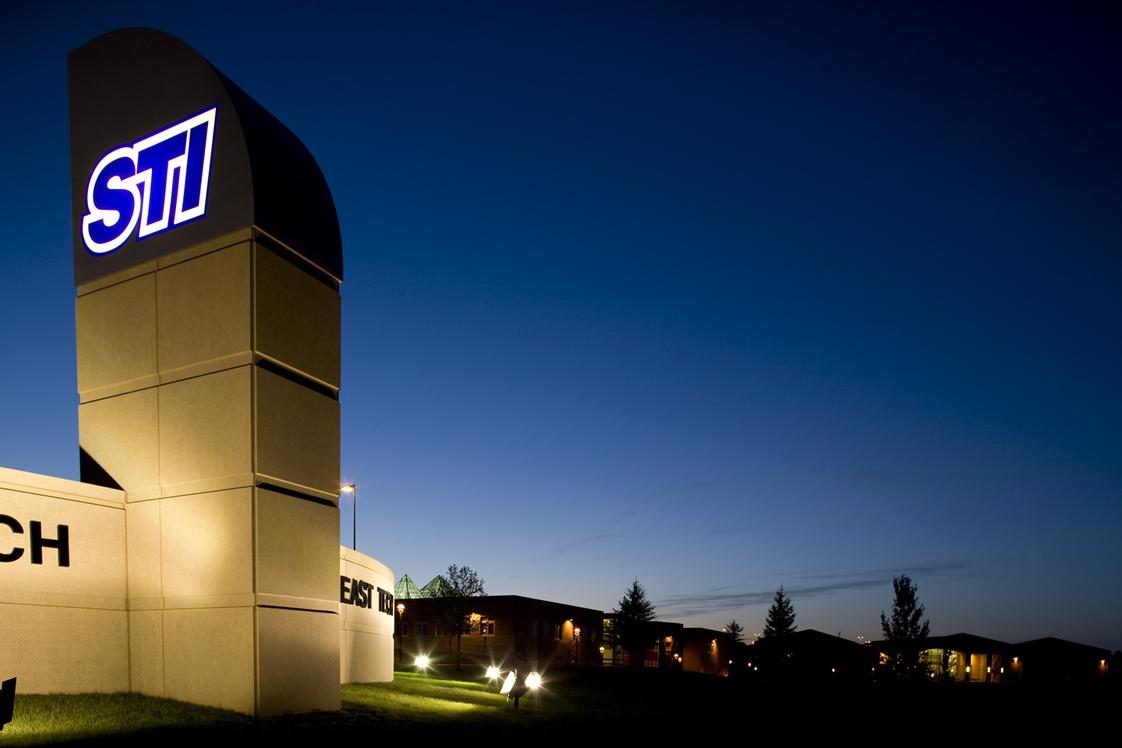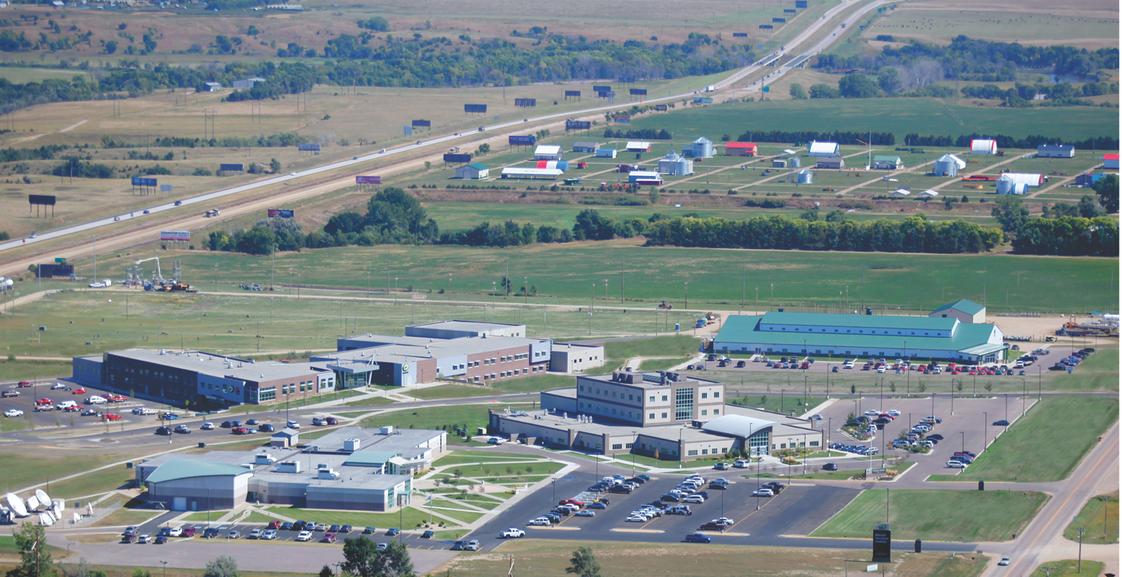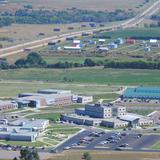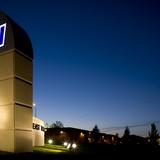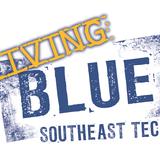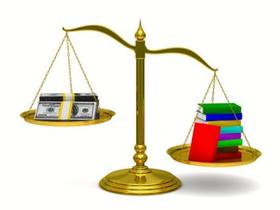The South Dakota average community college debt for graduating students is approximately $12,000 (2025-26).
For public community colleges in South Dakota, the average community college debt for graduating students is approximately $12,344.
For private community colleges in South Dakota, the average community college debt for graduating students is approximately $24,384.
Completed Debt Range: $12,000
$24,384
Avg. Completed Debt: $14,752
Community College Debt For Graduating Students in South Dakota (2025-26)
College
Completed Debt
Location
Rank: #1 - 31. - 3.
Completed Debt: $12,000
1201 Arrow Avenue
Watertown, SD 57201
(605) 882-5284
Watertown, SD 57201
(605) 882-5284
Rank: #1 - 31. - 3.
Completed Debt: $12,000
1800 E. Spruce Street
Mitchell, SD 57301
(605) 995-3025
Mitchell, SD 57301
(605) 995-3025
Rank: #1 - 31. - 3.
Completed Debt: $12,000
2320 N Career Ave
Sioux Falls, SD 57107
(605) 367-7624
Sioux Falls, SD 57107
(605) 367-7624
Rank: #44.
Completed Debt: $13,375
800 Mickelson Dr
Rapid City, SD 57703
(605) 718-2400
Rapid City, SD 57703
(605) 718-2400
Rank: #55.
National American University-Rapid City
Private for-profit
Completed Debt: $24,384
5301 Mount Rushmore Road
Rapid City, SD 57701
(605) 394-4800
Rapid City, SD 57701
(605) 394-4800
Frequently Asked Questions
What is the South Dakota average community college debt for graduating students?
The South Dakota average community college debt for graduating students is $12,000 for 2025-26.
What are schools with the highest average community college debt for graduating students in South Dakota?
The schools with the highest average community college debt for graduating students in South Dakota include Lake Area Technical College, Mitchell Technical College and Southeast Technical College.
Recent Articles

Student Success Programs That Actually Work at Community Colleges
Discover evidence-based student success programs at community colleges for 2025, with outcomes, examples, and actionable strategies.

Best Community Colleges by Career Path in 2025
Explore top community colleges for career-training programs in 2025, including healthcare, IT, skilled trades and business pathways.

Dual Enrollment in High School: Benefits, Risks & Real Student Results
Explore the pros and cons of dual enrollment in high school, real outcomes for students in 2025, and how to decide if it’s right for you.

